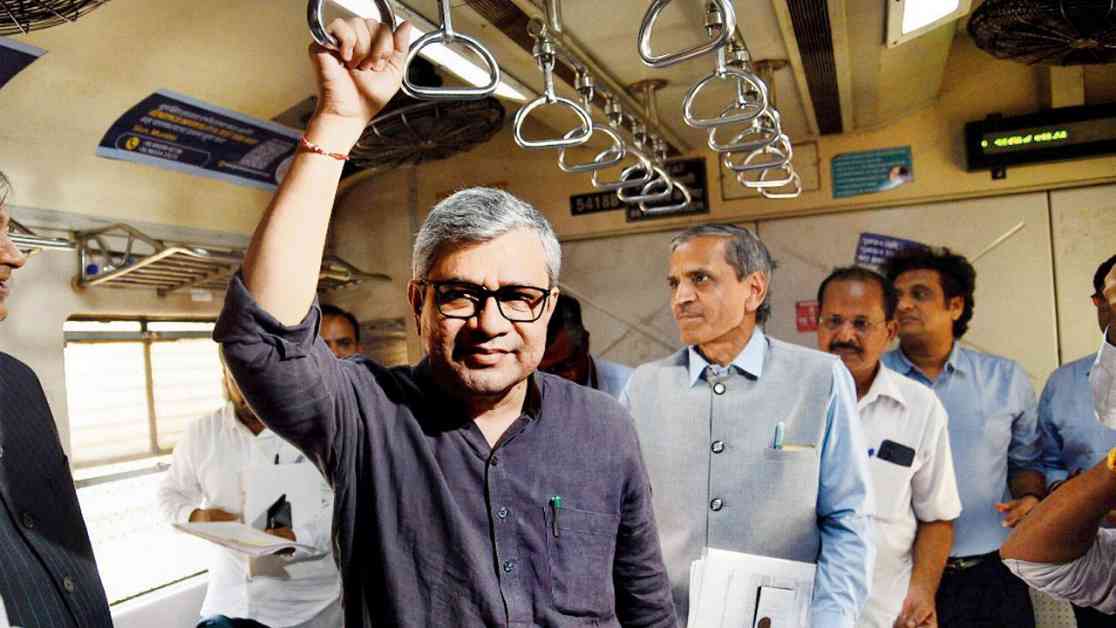Improved Mumbai Local Train Headway to Boost Efficiency and Reduce Delays
Mumbai is set to revolutionize its local train system by becoming the first city to combine communications-based train control (CBTC) and Kavach technology. This innovative approach will not only enhance safety but also significantly reduce the headway between train services, ultimately doubling the number of services over the next three years.
The Indian Railways has been diligently working on the development of the Kavach safety device, with the latest version, Kavach-4, achieving the highest Safety Integrity Level (SIL)-4. This cutting-edge technology is poised to be integrated with the CBTC system to further enhance the efficiency of Mumbai’s suburban train network.
Railway Minister Ashwini Vaishnaw expressed excitement about the upcoming advancements in Mumbai’s local train system. He highlighted the critical role that the CBTC-Kavach integration will play in revolutionizing the city’s suburban travel experience. The implementation of this new technology is part of the Mumbai Urban Transport Project (MUTP) Phase 3A, spearheaded by the Mumbai Rail Vikas Corporation.
The CBTC technology focuses on shortening the distance between trains, while Kavach serves as an indigenous anti-collision system. By merging these two cutting-edge technologies, Mumbai’s suburban train system is poised for a significant transformation. Currently, the Central and Western Railways jointly operate over 3,000 services on the Mumbai suburban network, covering a vast expanse of 319 kilometers.
Vaishnaw emphasized the importance of reducing the headway between trains to increase the frequency of services. The goal is to decrease the headway time from 180 seconds to further optimize the train schedule. This reduction will enable the system to accommodate a greater number of trains, effectively doubling the current service capacity. The entire project is expected to be completed within a timeframe of approximately three years.
With the implementation of the CBTC-Kavach system, Mumbai commuters can look forward to a more efficient and reliable local train network. The enhanced safety features coupled with reduced headway between trains will not only improve the overall travel experience but also help alleviate delays and congestion on the busy suburban routes.
In conclusion, the integration of communications-based train control and Kavach technology in Mumbai’s local train system marks a significant milestone in the city’s transportation infrastructure. This forward-thinking approach is poised to elevate the efficiency, safety, and reliability of the suburban train network, setting a new standard for urban rail systems across the country. As Mumbai gears up for this transformative change, commuters can expect a more seamless and efficient travel experience in the years to come.




















